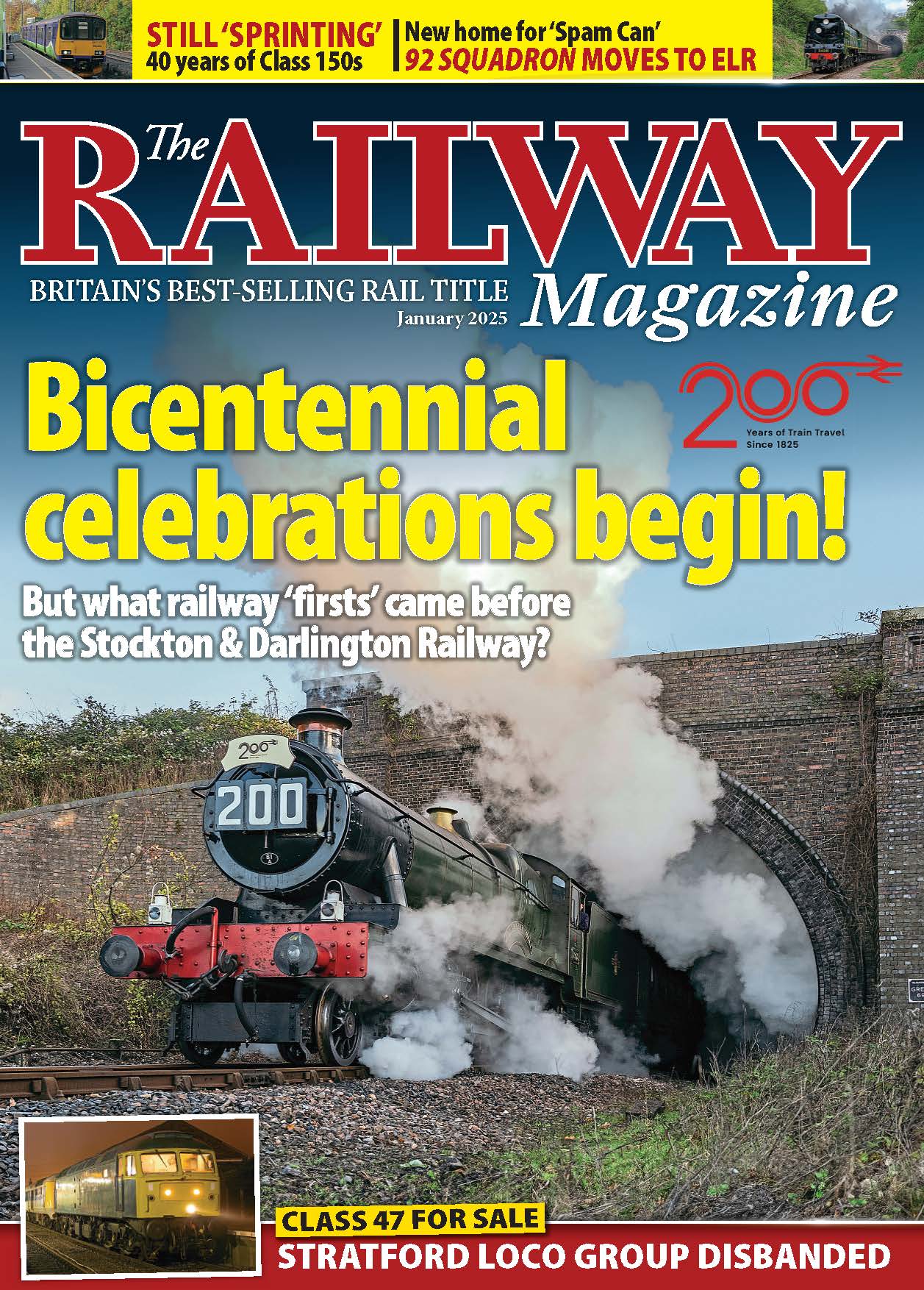Britain’s train fleet is undergoing its biggest transformation since the 1950s, with around 5,700 new vehicles being delivered or on order. Ben Jones looks at what we’ll be seeing on the rails over the next few years and how it will affect existing trains.
If you keep an eye on the railway press, the large number of orders for new trains in recent years won’t have escaped your attention. The launch of fleets such as Hitachi’s InterCity Express Trains (IETs) will no doubt have alerted you to the dawn of a new generation.
More and more passengers are using Britain’s railways, either to commute into our big cities or for leisure travel, and complaints about overcrowding and outdated trains have been on the rise. Couple that with a generation of ex-British Rail trains coming to the end of their working lives and the requirement for new and additional trains is clear.

By 2021, more than 7,000 new vehicles will have been added to the fleets of train operators across the country. Many will replace older trains such as the Class 142-144 ‘Pacers’ and iconic InterCity 125s, as well as a whole raft of ex-BR Electric Multiple Units (EMUs), while others will add much-needed extra capacity.
Monthly Subscription: Enjoy more Railway Magazine reading each month with free delivery to you door, and access to over 100 years in the archive, all for just £5.35 per month.
Click here to subscribe & save
According to the Rail Delivery Group (RDG), the new vehicles “represent an investment of at least £13.8billion by the private sector in rail” and will enable “more than 6,400 extra services each week by 2021, benefiting all parts of the country”.
InterCity Express
The most high-profile, and largest, of the new train orders is the Government’s £5.7billion InterCity Express Programme (IEP). In summer 2012, the Department for Transport (DfT) agreed a deal with Hitachi Rail Europe for IC125 replacement trains, totalling 122 sets (866 vehicles), to replace current stock with Great Western Railway (57 sets) and Virgin Trains East Coast (65 sets).
The GWR fleet is being gradually filtered into passenger service after extensive type testing, and is a mix of Class 800 bi-mode five-car (36 sets) and 21 nine-car trains with 25kV AC overhead electric equipment and underfloor diesel engines.
Virgin Trains East Coast will have 10 five-car and 13 nine-car bi-modes plus 12 five-car and 30 nine-car 25kV AC Class 801 electric-only sets. They will be branded as ‘Azumas’ for East Coast Main Line services from King’s Cross to Yorkshire, the North East and Scotland. Even the ECML electric sets will feature a single diesel engine, allowing them to be shunted ‘off the wires’ or run at low speed to the nearest station if there’s a problem with the electric supply or route.
Read more in the March issue of The RM – on sale now!




